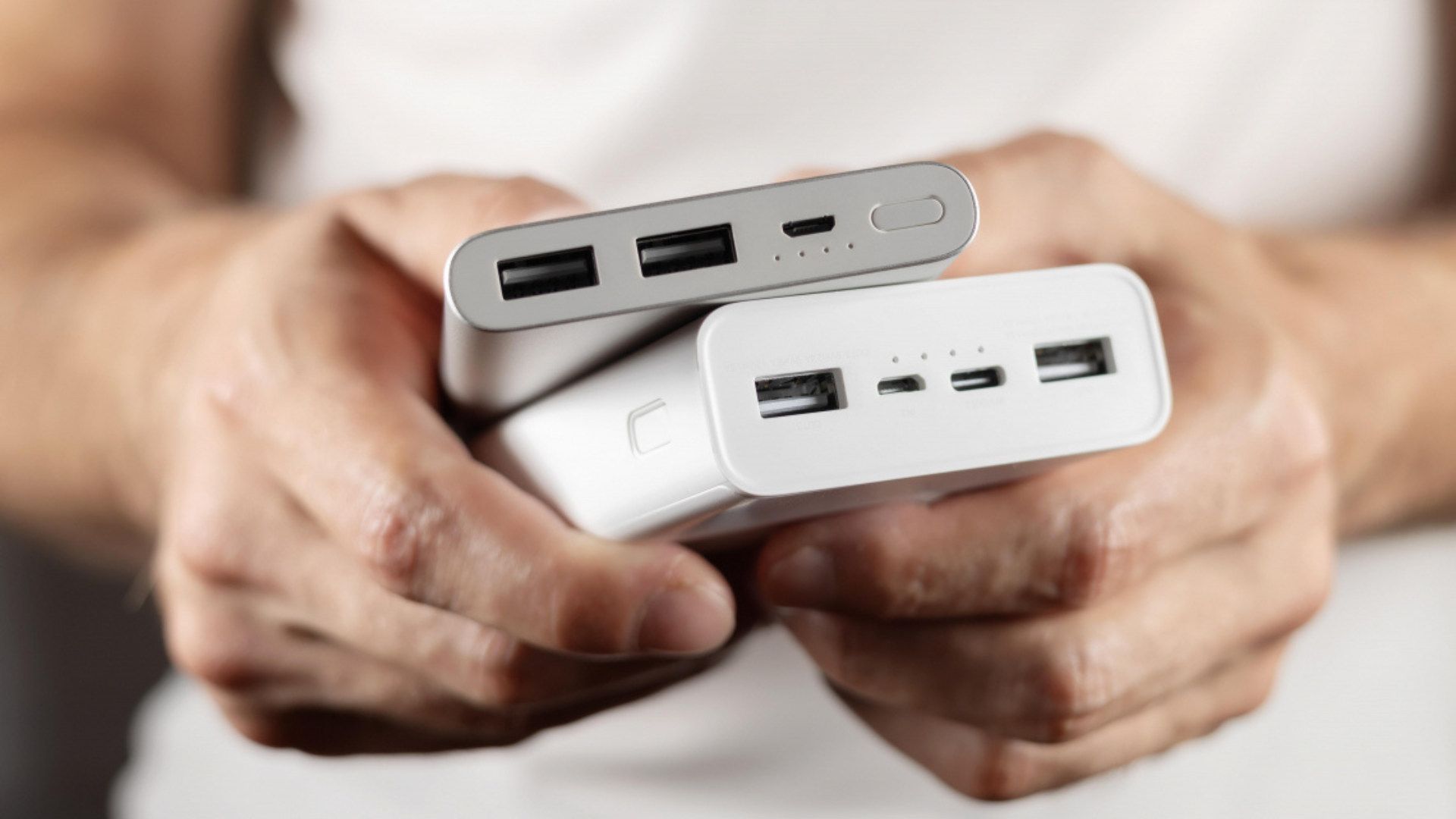With smartphones, tablets, wireless earbuds, and countless other gadgets in our daily lives, power banks have become an essential “on-the-go charging lifesaver.” But do you really know how to choose a safe one? What airline restrictions should you be aware of when carrying one on a plane? And what about their environmental impact? This guide breaks it all down so you can charge with confidence—safely and sustainably!
🔥 Why Power Bank Safety Matters: Risks Are Closer Than You Think
Most power banks use lithium-ion batteries, which are compact and high in energy density—perfect for portable charging, but not without risks. Poor-quality batteries or improper use can lead to overheating, swelling, or even explosions. These so-called thermal runaway incidents have caused accidents in recent years, with some leading to fires.
Adding to the risk, many cheap, uncertified power banks flood the market. Lacking essential safety testing and certifications, they can be dangerous “ticking time bombs.” Using the wrong charging cables, leaving them in high-heat environments, or overcharging also accelerates battery aging and increases the risk of failure.
That’s why buying a power bank isn’t just about convenience—it’s about safety. Choosing and using one correctly protects not just you, but everyone around you.

✅ 7 Key Tips for Choosing a Safe Power Bank
- Check for Safety Certifications
Look for international safety marks such as UL (US), CE and FCC (EU), or PSE (Japan). These certifications mean the product has passed strict testing standards. - Verify Actual Capacity vs. Labels
Some shady brands exaggerate capacity. Prefer those labeled in Wh (watt-hours) rather than just mAh, since Wh is more accurate. Unrealistic claims usually mean poor safety. - Consider Brand and After-Sales Service
Reputable brands have stricter quality control and better safety designs. They also offer customer support if issues arise. - Check Materials and Structural Design
Choose flame-retardant casings and look for multi-layer protection circuits (overcharge, short-circuit, overheating protection). These details make a huge difference in safety. - Look at Charging Speed and Compatibility
Ensure the power bank supports the right charging protocols (e.g., QC, PD) for your devices. Using incompatible fast charging can shorten battery life. - Balance Weight and Portability
Overly heavy power banks aren’t convenient to carry, but ultra-light ones may compromise capacity and safety features. Aim for a balanced choice. - Avoid No-Warranty Knockoffs
Super cheap power banks without warranty pose high risks and shouldn’t be used long-term.
✈️ Air Travel Must-Know: Power Bank Carry-On Regulations
Airlines enforce strict rules on lithium batteries. Bringing one incorrectly can result in confiscation—or worse, safety hazards mid-flight.
- Capacity Limits
- Below 100Wh (approx. under 27,000mAh): Allowed in carry-on without approval.
- 100–160Wh: Requires airline approval; usually limited to two units.
- Above 160Wh: Not allowed. These are considered large batteries.
- Carry-On vs. Checked Luggage
Power banks must be in carry-on luggage, never in checked baggage. Cabins allow quick response to any battery issues. - Multiple Power Banks
Airlines may restrict the total number carried, so check policies before departure. - No Charging During Flight
Do not board with a charging power bank. Heat generated during charging can pose risks. - Safe Packaging
Use the original box or an insulating pouch to prevent short-circuits. Keep away from metal items. - Declaration & Penalties
Violating rules can lead to confiscation, fines, or ruined travel plans. Always check before you fly.
🌍 From a Sustainability Perspective: The Environmental Side of Power Banks
Though small, power banks contain lithium, cobalt, and other metals that place a heavy burden on the environment. Mining these resources often damages ecosystems and raises ethical labor concerns. Discarded power banks, if improperly disposed of, can leach harmful chemicals into soil and water, causing long-term pollution.
Here’s what you can do:
- Choose durable, high-quality power banks to reduce frequent replacements.
- Practice good habits—avoid overcharging, deep discharging, and exposing them to heat.
- Recycle old units through certified programs, so valuable materials can be recovered.
- Support brands that use eco-friendly materials and responsible production methods.
That way, technology doesn’t just bring convenience—it also helps us protect the planet.
